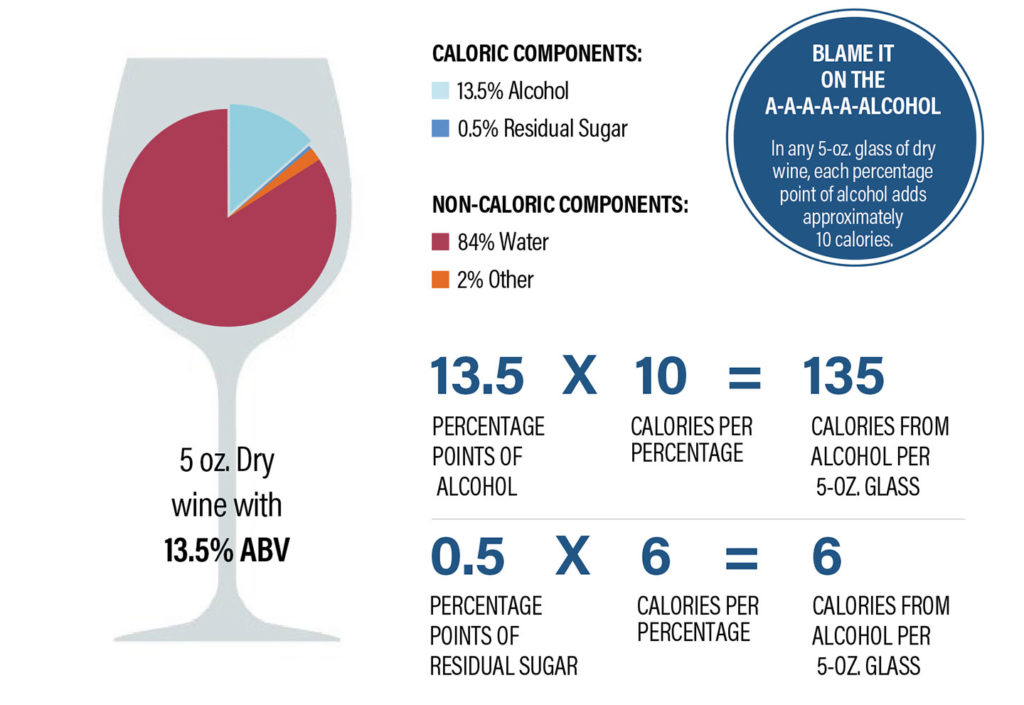These days, many wine customers are calorie-cognizant, picking hard seltzers and other fabricated diet drinks in a bid to remain solid. Many dry wines can offer a more-invigorating, more-normal and more-delightful option with a comparative carbohydrate content for every serving.
In any case, these can be difficult to distinguish, since most wines don’t determine calories on the name, and none convey the ordered sustenance marks found on food bundling.
Fortunately, assuming that the wine is dry, it’s not difficult to ascertain its rough carbohydrate level per serving. This is conceivable on the grounds that the main critical wellsprings of calories in wine are liquor at 7 calories for each gram, and sugar at 4 calories for every gram. Since dry wines contain a great deal more liquor than sugar, their liquor calories alone can give a sensibly precise estimation of the aggregate.
Shouldn’t something be said about Wine Calories from Residual Sugar?
When in doubt, dry wines contain just small measures of sugar — under 10 grams for every liter of remaining sugar assuming they’re still, and under 20g/l in the event that they’re shimmering. We can in this way be sure that any wine that in any wine that preferences dry, lingering sugar would be probably not going to offer in excess of 5 extra calories for each 5-oz. glass or 10g/l for bubbles.
